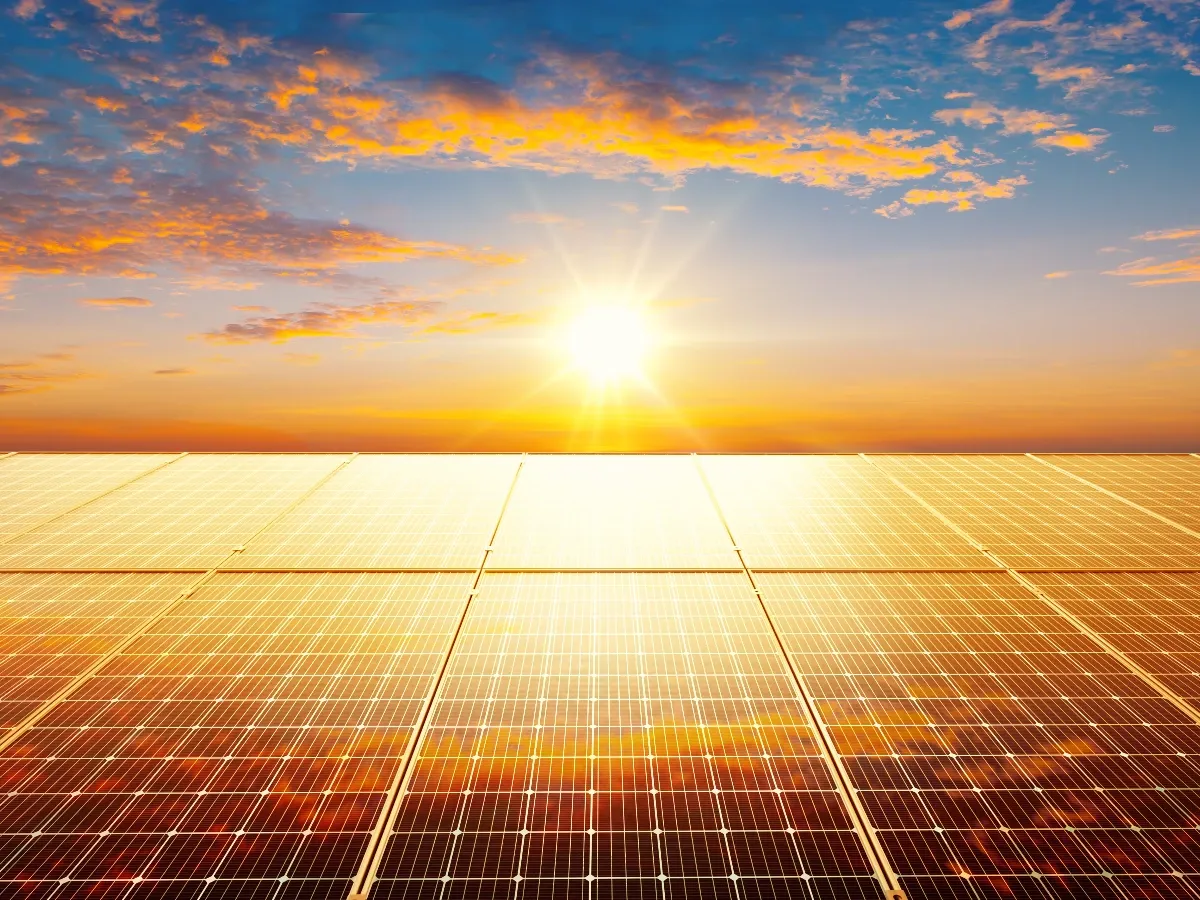Market News
Waaree, Premier Energies slip in trade; check key concerns analysts have flagged
.png)
3 min read | Updated on April 02, 2025, 09:40 IST
SUMMARY
Bernstein highlights oversupply problem in the global solar manufacturing space, with production capacity exceeding 1,200 GW against a demand of 600 GW.
Stock list

Bernstein highlights oversupply problem in the global solar manufacturing space. | Image: Shutterstock
Shares of Waaree Energies fell as much as 3.31% to hit an intraday low of ₹2,301 on the National Stock Exchange and Premier Energies 2.92% to hit an intraday low of ₹883.35 after Bernstein said that both the companies face tough challenges from industry giants Reliance Industries (RIL) and Adani Enterprises.
Indian solar module manufacturers Waaree Energies and Premier Energies are staring at a challenging future as industry giants Reliance Industries and Adani Enterprises leverage their deeper financial strength and backward integration to dominate the sector, according to a recent report by global equity research firm Bernstein.
Bernstein highlights oversupply problem in the global solar manufacturing space, with production capacity exceeding 1,200 GW against a demand of just 600 GW. India’s domestic solar market is mirroring this issue, with an anticipated demand of 40 GW for solar modules in FY26 versus a projected supply exceeding 70 GW. The solar cell market, which was tight in FY25, is also set to experience an influx of supply, with manufacturing capacity expected to rise from 21 GW in March 2025 to over 60 GW by FY27.
While Waaree Energies has been making efforts to expand beyond just module-cell manufacturing, Bernstein says that the company and its peer Premier Energies lack the financial muscle to compete with industry titans like Reliance Industries and Adani Enterprises. This imbalance, coupled with increased competition, is expected to erode the strong return on equity (ROE) that smaller players have enjoyed, normalising returns from over 40% to teens. Bernstein also flags risks tied to long-term product warranties, regulatory shifts in India and the US, and price volatility in global markets.
Lessons from China
Drawing parallels to China’s solar industry, where numerous module manufacturers that thrived 15 years ago have since gone bankrupt or exited the sector. Bernstein notes that historically, strong ROEs in the industry don’t last beyond two years, with profitability being highly cyclical. Even Chinese powerhouses like Longi and Tongwei, which achieved sustained success due to their wafer and polysilicon expertise faced losses in 2024, Bernstein said.
India’s solar exports jumped from $0.1 billion in FY22 to $2 billion in FY24, driven by the US moving away from Chinese imports. However, Bernstein warns that the price differential between US and global solar module prices, currently around 25 cents per watt versus 9 cents, may not be sustainable. With the US ramping up its domestic solar manufacturing capacity to 52 GW (plus 19 GW under construction) against a forecasted 54 GW demand in 2025, Bernstein foresees a potential slowdown in Indian exports.
About The Author
Next Story

